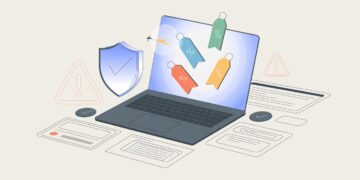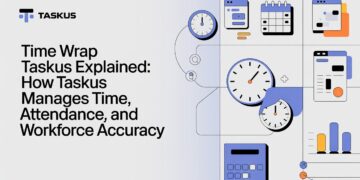Mining Pool: Cryptocurrencies have been making a huge splash in the news lately. Bitcoin, the most well-known of these currencies, has been around since 2009 and has become increasingly popular. However, it’s still only used by a small portion of the population and trading pairs such as SOL USDT and BTC ETH, to name a few.
Mining cryptocurrencies has become a viral activity. It’s something that many people are doing, and it’s pretty lucrative. However, there are several things to consider before joining a pool of miners. This blog post will provide information about a mining pool and list some factors to consider before joining one.
What Is a Mining Pool?
A mining pool is a collection of miners who work together to solve blocks. The reward is distributed proportionally among the people in the pool once you find a block.
Open mining pools are more transparent and allow everyone to see their stats, but they may also have higher fees. Closed mining pools are more private but require you to trust you’re getting paid appropriately for your work.
Factors To Consider Before Joining A Pool – Currency To Mine
What currency do you want to mine?
If you’re looking to get into crypto mining, the first thing to consider is what currency you want to mine. Mining each coin requires a different algorithm and computing power. For example, Bitcoin (BTC) uses SHA-256, Litecoin (LTC) uses Scrypt, and Ethereum (ETH) uses Ethash. So before deciding on a pool, make sure it supports the kind of coins you’d like to mine and how much hash rate or computing power per second each currency requires.
How much of that currency would I like to mine?
The next step is figuring out how much crypto you will earn from joining a pool—based on your hardware and electricity costs compared to other miners in the same collection using similar setups but with better mining equipment or higher electricity bills.
It could be due to their location being closer or further away from an energy source, such as coal-powered plants, which produce fewer CO2 emissions per kilowatt hour consumed by miners than solar farms do during their production periods at night.
Reviews and Reputation
You should also check the reviews and reputation of the pool before joining it. You can do this by asking other miners about their experience with the collection, checking if they have been hacked or had any issues with it, and seeing if they have a good reputation in the community.
Pool Size and Power
Before choosing a pool, consider the following factors, which can impact your mining experience.
Pool size: A bigger pool means more miners and, thus, more hash power. It is advantageous because it makes finding blocks that express your contribution to the network more accessible by enabling transactions.
Pool power and hash rate: The higher the H/s (hash per second) or MH/s (mega hash per second) of a particular coin’s blockchain network, the harder it will be to mine coins with your hardware profiles. In short, if you want to earn more rewards from mining, ensure that your hardware is compatible with the requirements set forth by these coins’ networks regarding speed and power consumption.
Mining Equipment
Another critical factor is how much power each member contributes to the total hash rate – this directly affects how much profit you will make over time by mining on that particular pool.
The location of your mining equipment also matters because it influences where all those hashes are coming from in terms of latency between machines and users connecting through networks around the world (this means lower latency times mean better user experience).
Transparency
Mining pools should be transparent about how they operate, what fees they charge, and, most importantly, how much they reward your hash rate.
The second thing to consider is whether or not the mining pool has been around long enough to prove itself trustworthy over time. The best way to do this is by looking at their reputation online and seeing if there have been any significant issues with them or their service over time (like being hacked).
Payout Scheme
The payout scheme is one of the most important things to consider when choosing a pool. Some pools pay you bitcoin, while others pay you in their coin. Some collections will pay you a share of the profits, while others will pay you a percentage of the rewards. Knowing how much each option will affect your earnings is essential when selecting a mining pool.
Pool Fees
Pool fees are the amount of crypto you pay the pool operator for his services. The fee is usually a percentage of your reward, which can vary from pool to pool and coin to coin. The average pool fee ranges from 1% to 5%, but some collections have much higher fees.
How you pay your pool’s fee will also vary based on what currency you mine with and where it is mined. Some coins have their native payment system built in, like Bitcoin (BTC), Litecoin (LTC), Ethereum (ETH), and Zcash (ZEC). These currencies typically use a simple flat rate system that doesn’t consider how much computing power contributed toward solving blocks on their respective networks.
Also, Read Sourcegraph Series 2.6b DecemberMillerTechCrunch Review


















